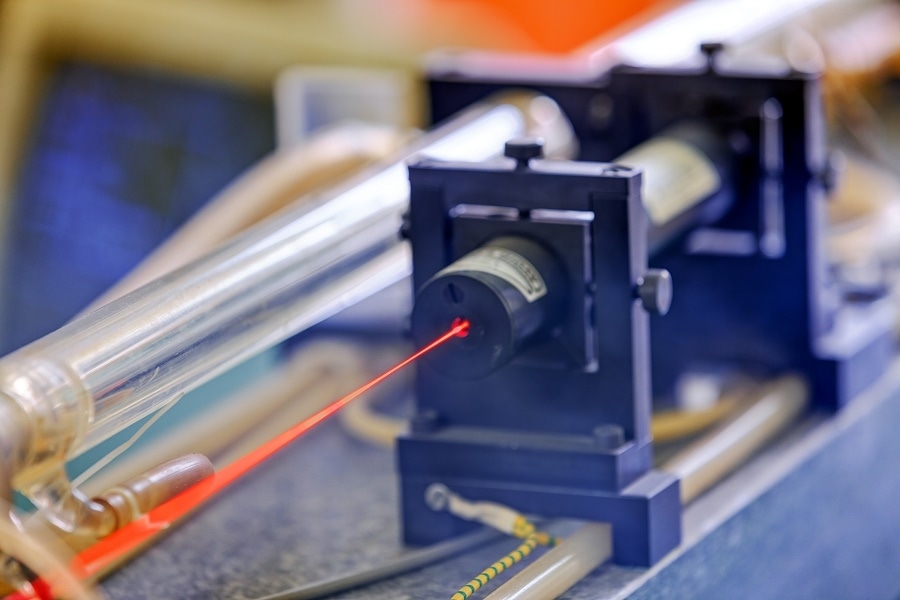Mar 25 2016
Researchers at the Ruhr-Universitat Bochum (RUB)’s Applied Laser Technologies lab have used laser beams to assemble microscopic components into bigger structures. In the future, this technology could enable the manufacture of machines and structures with dimensions of just a few microns, and could also help to design micro-robots. The study was led by Prof Dr. Cemal Esen from RUB. This technique.
 Image Credit: Vladimir Nenezic/Shutterstock.com
Image Credit: Vladimir Nenezic/Shutterstock.com
Basis for sophisticated technology
The arms of optical tweezers are composed of powerfully focused light. The researchers used these optical tweezers to assemble microscopic components by manipulating nanoscale objects, whose dimensions spanned between 0.5 and 20 µm. Going forward, this process may aid to develop next-generation technology.
It is conceivable that such modules could be used to build micro-robots. Such systems could be used for minimal invasive surgery.
Sarah Ksouri, Engineer, RUB
Reversible connections
The main aim is not only to develop and assemble components, but also to disassemble them when needed. In this context, Sarah Ksouri has shown that laser tweezers can be utilized to link tiny jigsaw puzzle pieces that fit with one another. Using optical tweezers, RUB researcher Jannis Kohler connected the rotating structures.
The two-photon polymerization method was used by the researchers to develop the individual components. This technique involves a kind of 3D printer, where spots that are pointed out by a computer model in a photoresist drop are subjected to a beam of laser, resulting in a solid object.
Combining Methods
In addition to the above method, the researchers are simultaneously studying several different principles to merge optical tweezers and two-photon polymerization in a practical manner. Many experiments are also being performed with doped materials. Such materials are doped with nanoparticles from specific elements, which render certain function, such as electric and magnetically conducting properties, to the polymer structures. In the future, the Bochum researchers are planning to combine nano-doping, two-photon polymerization, and optical tweezers in a single device.